
Photo property of RPBC.
Near the start of Rev Dennis Banfield’s time as RPBC Minister, 1969/70, the alterations to the front aspect of the church were finally finished, after delays caused by reaching agreement on new fire precautions.
The new central entrance and glass divide between vestibule and sanctuary (i.e. between the entrance area and the part of church where services are held) gave the building the substantially different look it has today.99
By 1971 the evening congregation had grown, and this was attributed to the local distribution of St John’s gospels by the church. House prayer groups were set up in areas which most people could easily reach, and Rev. Banfield led a Baptist Union Training Programme.100
For the church’s 88th anniversary, an exhibition with static displays, and slides, and members to meet-and-greet, was held over four days to tell local residents about the church’s work and history of service and ministering to the community.101
Jeans writes about Rev. Banfield’s eleven-year ministry at RPBC: “Over twenty had confessed their personal commitment to Christ in baptism, the standard of worship had never been allowed to drop, spiritual life and awareness had deepened. Church and ecumenical fellowship had been strengthened and the neighbourhood made more aware of Christian faith, witness and service which were available in their locality.”102
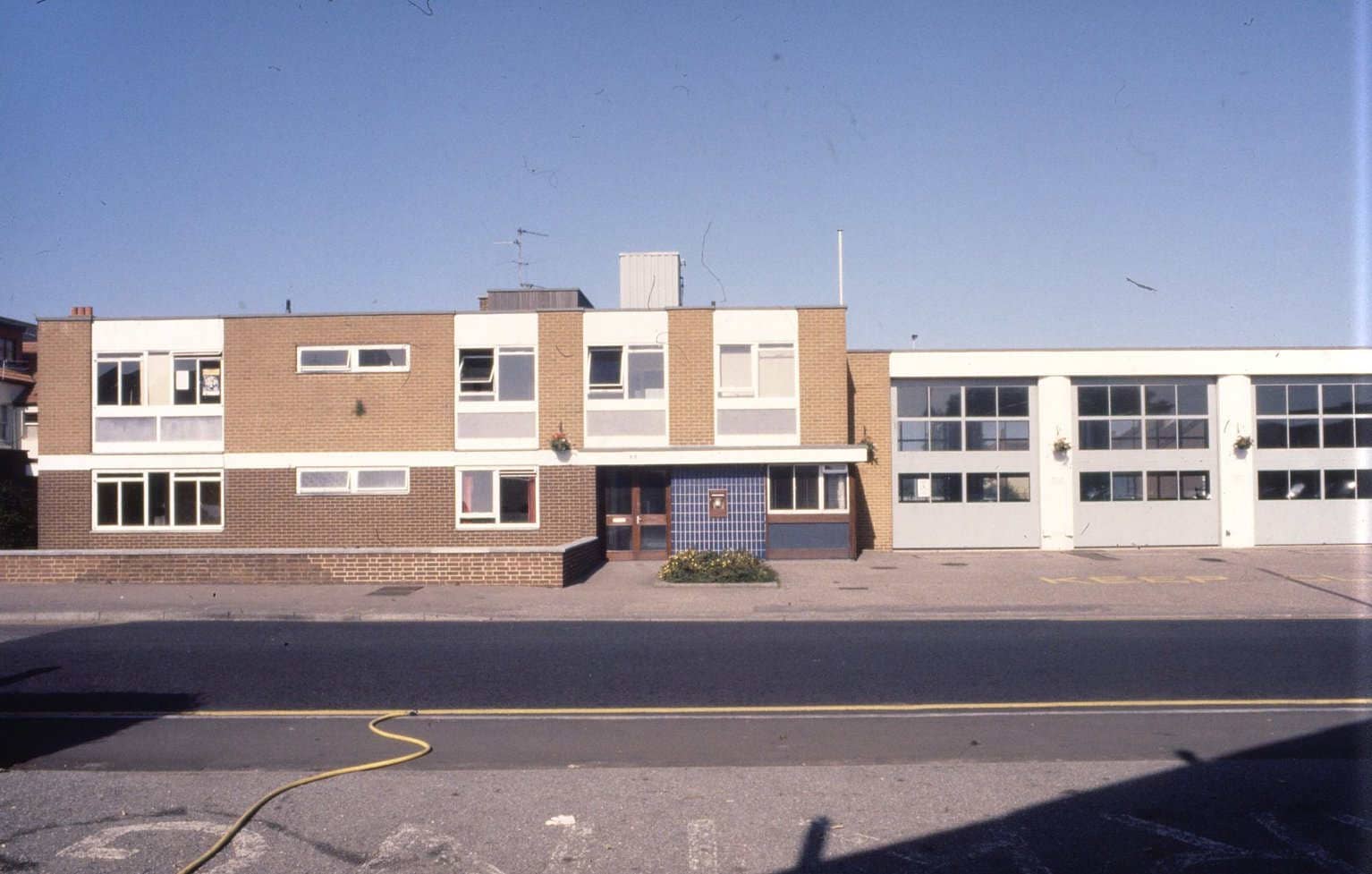
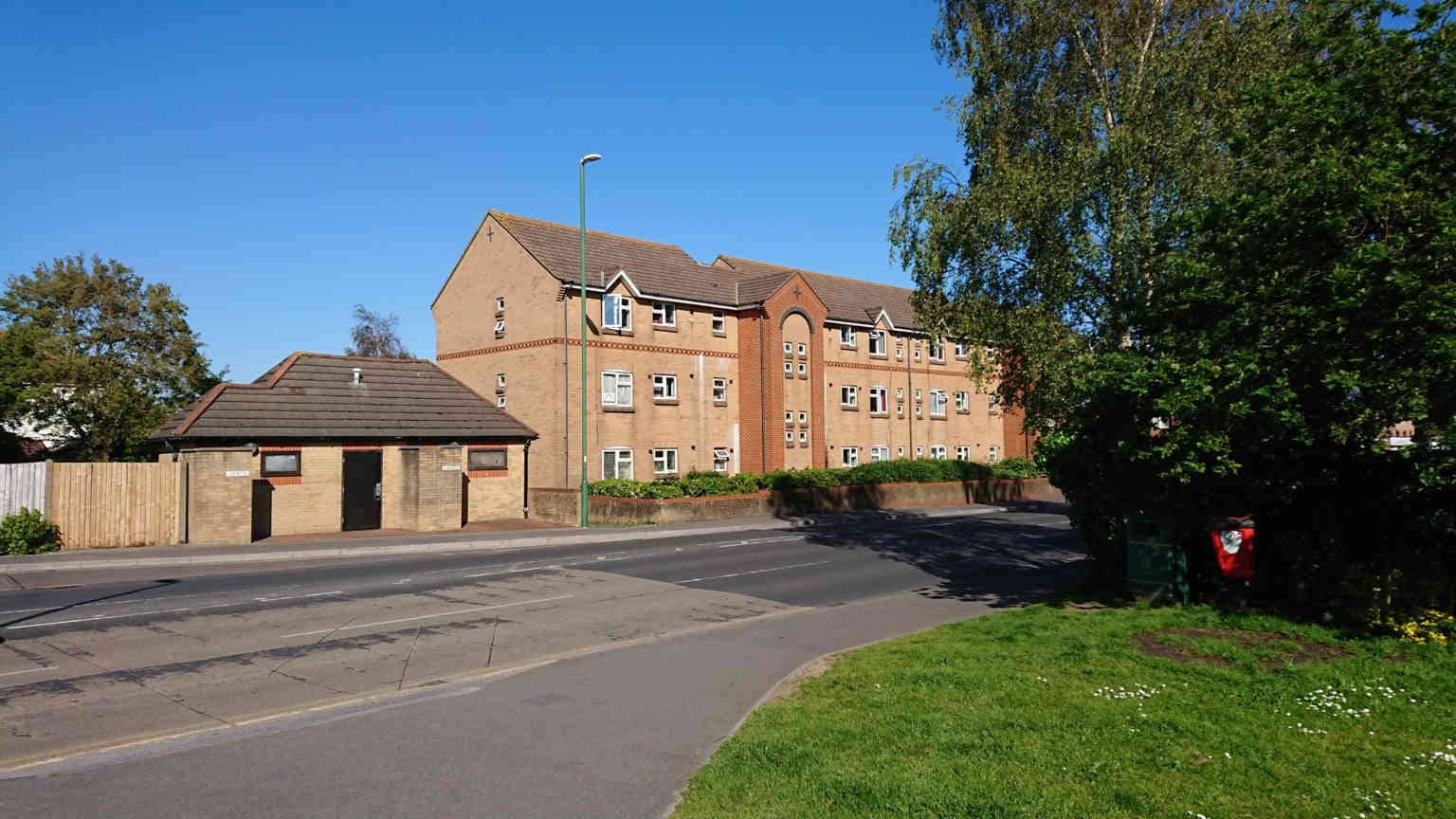
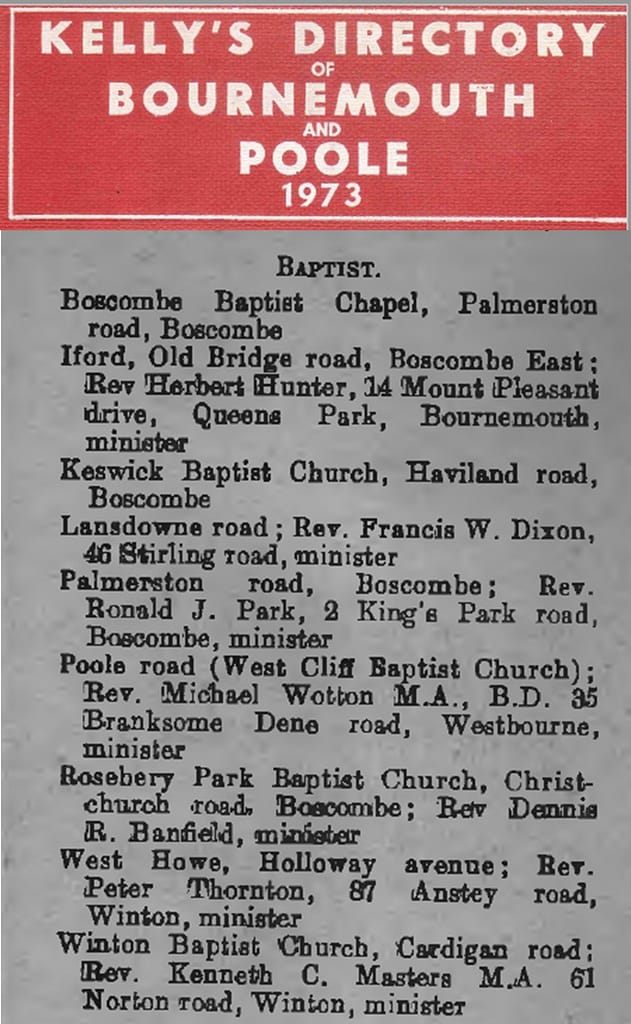
Source: thegenealogystore.co.uk
Twenty-one years on from RPBC moving into its current building on Christchurch Road, and the former occupants of the building are still meeting in the venue they moved to in Haviland Road, with the name “Keswick Baptist Church” taken with them from “Keswick Hall”. While Rosebery Park Baptist Church has taken its name from the Rosebery Park Estate of yesteryear with them to what was “Keswick Hall”!! The original names, “Keswick” and “Rosebery Park”, were never inspired by any local connection – the interesting, if potentially confusing, history of church names!103
From the 1960s, holidays abroad were an option for more and more people, enabled by larger and faster aircraft (bringing economies of scale), the easing of restrictions on taking currency abroad, and rapid hotel construction in many Mediterranean countries.104 One website says: “By 1979, for the first time in history, Britons spent more on overseas holidays than on holidays at home.”105
Summaries of what was going on in the nation and locally in the late 1970s – 1980s onwards often include sobering references to “the decline of the seaside town”.
SeasideHistory.co.uk’s look at the tourist statistics suggests that rather than there being a dramatic reduction in number of visitors to seaside towns (LESS VISITORS), the problem was LESS MONEY being spent in seaside towns, as the more affluent people were now going abroad for their main holiday, with UK seaside resorts as an additional short holiday.106
The centre of Bournemouth off-set these challenges by concentrating on being home to more language schools than any other town in the UK, a growing university, and the conference trade – the Bournemouth International Centre was built in 1984 specifically to be a magnet for this.107
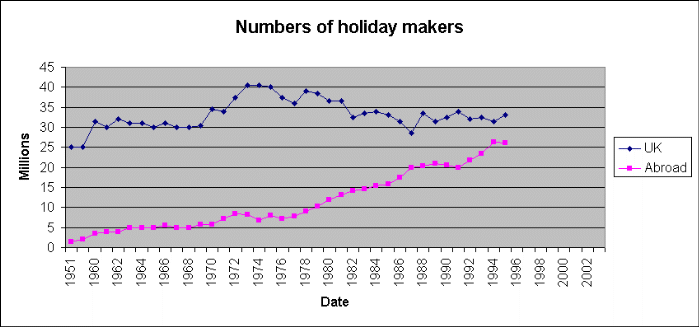
Source: SeasideHistory.co.uk © Steven Braggs and Diane Harris.
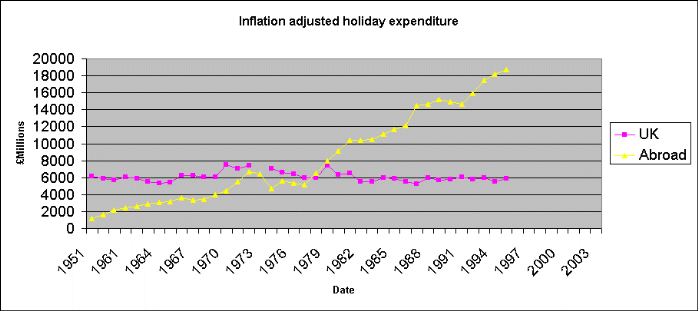
Source: SeasideHistory.co.uk © Steven Braggs and Diane Harris.
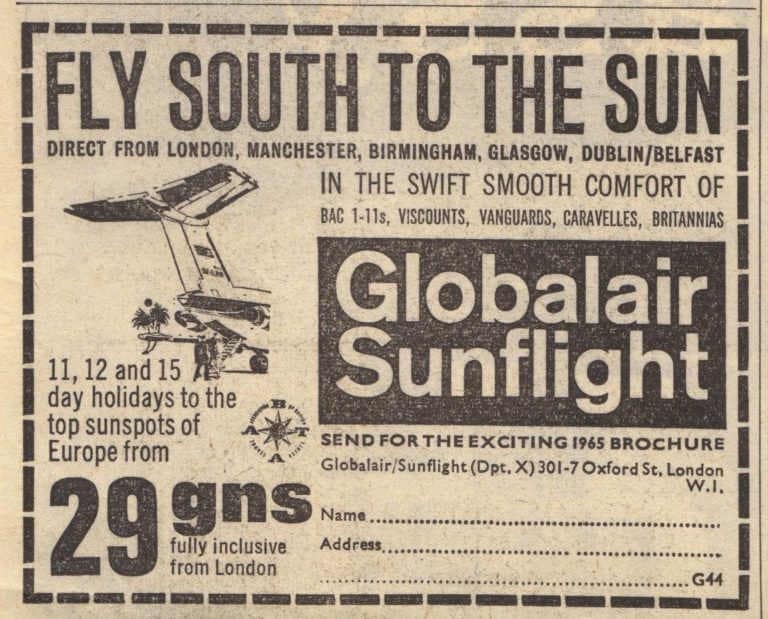
But Boscombe, along the coastline, one and half miles away, sadly does fit the “decline” picture. As the ‘Boscombe Strategic Assessment’ (published 2011) explains: “The decline of the English holiday market saw the area’s hotels and guest houses turned into Houses of Multiple Occupation (HMOs), attracting the homeless, vulnerable households and migrant workers. Demand for services is concentrated in the area – this comes from drug and alcohol users, the unemployed and benefit claimants. The problems are not unique – they are experienced by many seaside towns. Intensive efforts are needed to tackle severe social problems including high levels of population transience and the chaotic lifestyles of some residents.”108
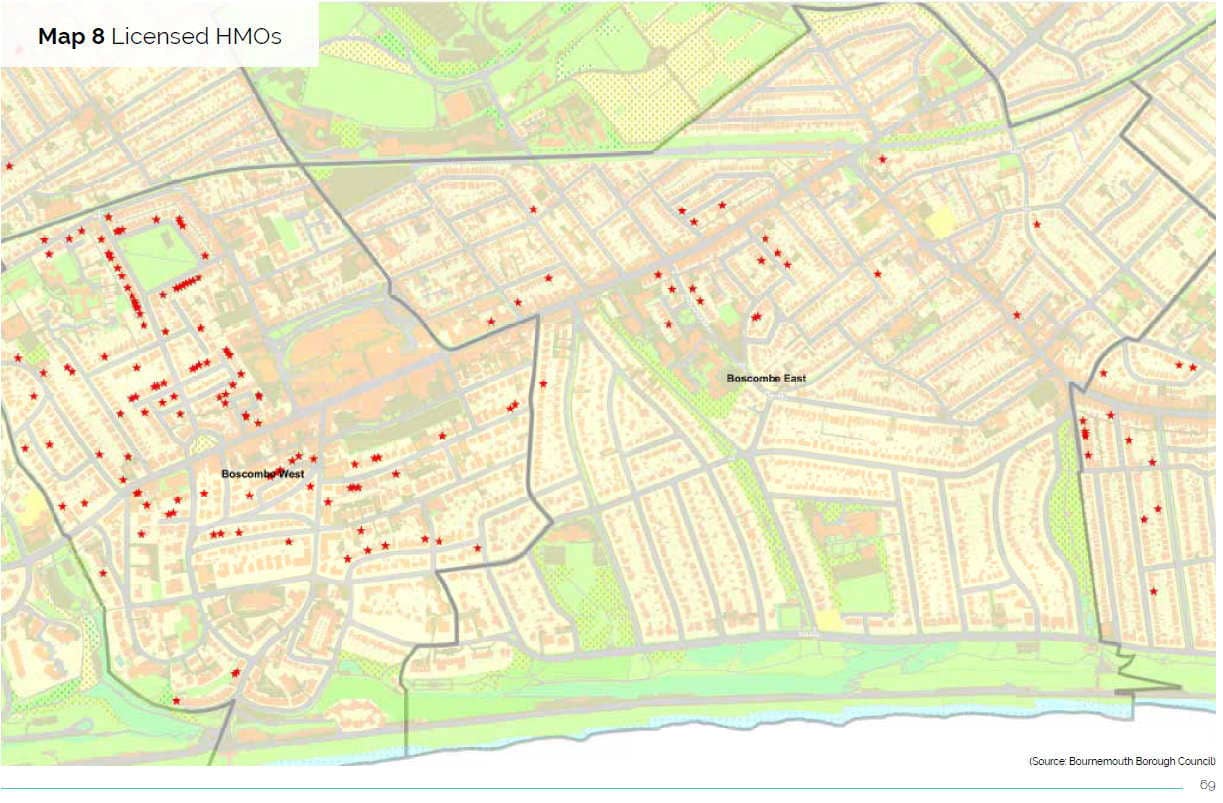
It’s hard to tell where Pokesdown fits into this story. By the 1970s it’s been fifty years or more since Pokesdown was considered to extend as far as the beach! Checking the 1973 Kelly’s Directory by road names109 shows there were few hotels or B&Bs listed in Pokesdown itself. And if we fast-forward to 2017, the Council says there are 119 licensed ‘Houses of Multiple Occupation’ in Boscombe West, compared to only 23 in Boscombe East ward (which includes Pokesdown).110 But the Christchurch Herald article about Pokesdown in 1963 identified one of the largest local employers as the New Era Laundry, with a staff of 170 and a fleet of 15 delivery vans, “dealing with some 90,000 articles in their summer peak periods”, including 20,000 sheets.111
Maybe, like the early years of its urbanisation -when Pokesdown was where the artisans and workers lived who built and served Bournemouth- Pokesdown was still home to the workers, who were now dependent for their living on working in the supporting services needed by the tourist trade? Maybe both locals and holidaymakers were spending less money in the local shops?
In addition to tourism related changes in the economy, local shops may also have lost trade due to the opening of an out-of-town shopping centre in 1968, The Hampshire Centre, on nearby Castle Lane West, but the impact it had is uncertain. Did the convenience of shopping there make the need to “pop” into Pokesdown redundant? Were the type of shops available at The Hampshire Centre in direct competition with Pokesdown shops? Or was it more of a threat to the centre of Bournemouth? Also, The Hampshire Centre was not necessarily a success story. By the mid 1970s a number of its units were empty.112
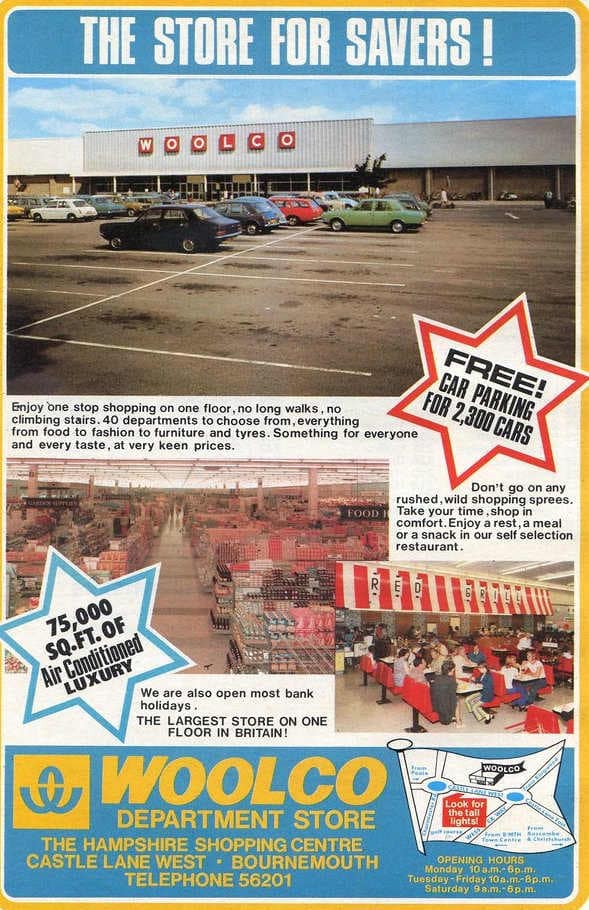
Source Alwyn Ladell Flickr.
The copy and paste citation for this page:
The History of Rosebery Park Baptist Church and Pokesdown, Page 15. Author: Michelle Fogg. Date: May 2022. Url: https://roseberypark.org/history/rosebery-park-and-pokesdown-15/
Go To About Us
Go to Other Activities
Rosebery Park Baptist Church, 812-814 Christchurch Road, between Boscombe and Pokesdown, Bournemouth, BH7 6DF
